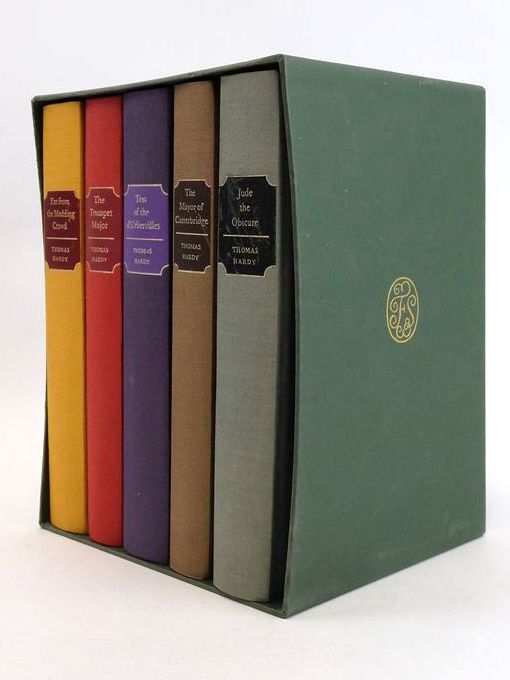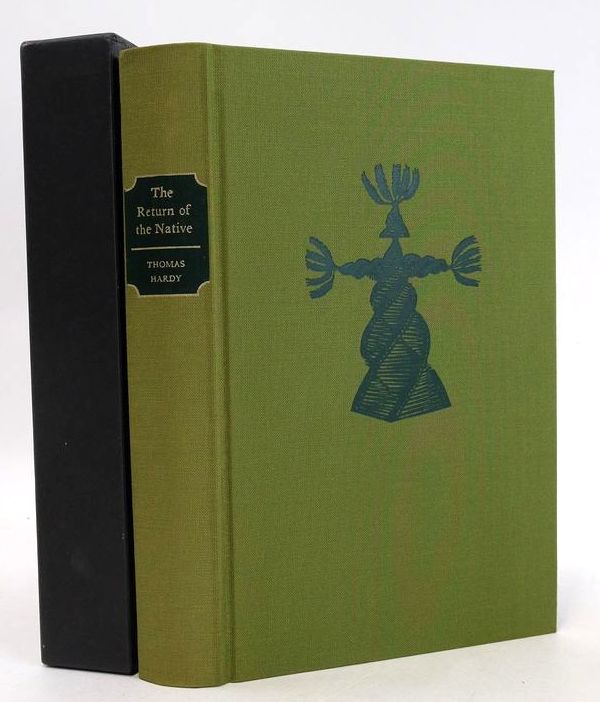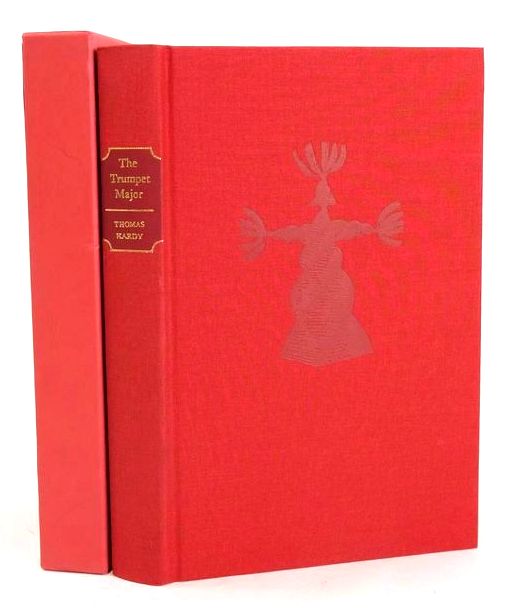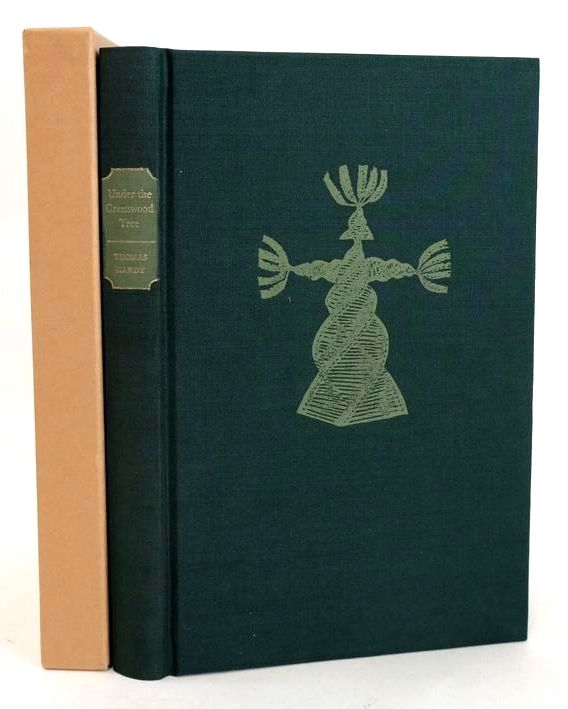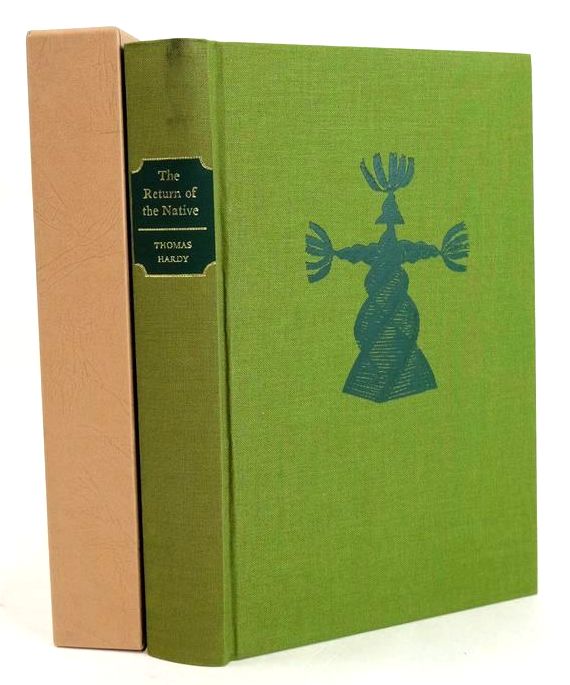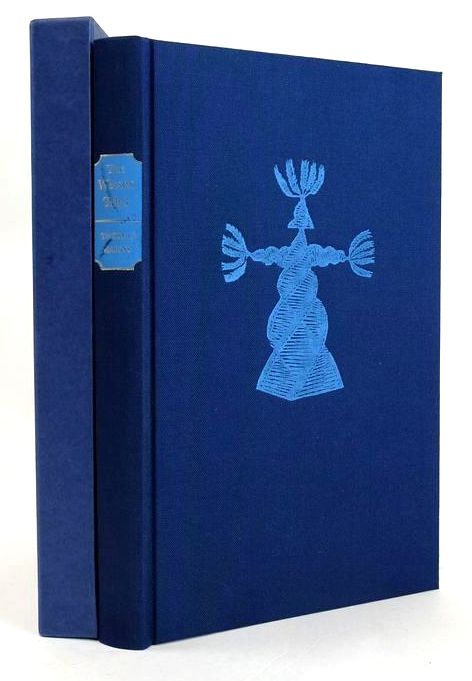Thomas Hardy
Thomas Hardy III, of Dorchester, Dorset, was born on the 2nd of June 1840, in what he liked to call a seven-roomed house at higher Brockhampton. The house was built by his grandfather (also named Thomas Hardy).
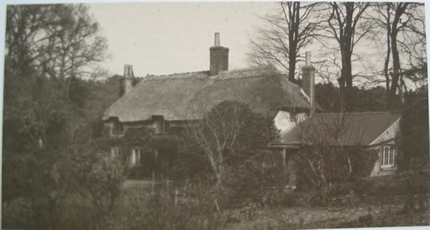
Illegitimately conceived, Hardy was born less than 6 months after his father married his mother. After a difficult labour, his mother was told that they thought her baby was dead. A mid-wife later found him in a basket - alive! It appears that these facts would influence Hardy's later obsession with the Victorian class differences.
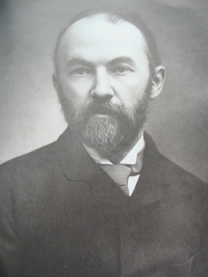 During his youth, Hardy used to love to go walking with his father on the local wild heath. Here he would learn about nature. These early excursions would later lead him to set many of his famous novels in like surroundings and his long detailed descriptions of the countryside are something that Hardy became famous for.
During his youth, Hardy used to love to go walking with his father on the local wild heath. Here he would learn about nature. These early excursions would later lead him to set many of his famous novels in like surroundings and his long detailed descriptions of the countryside are something that Hardy became famous for.
Local folklore and traditions, passed on from his grandmother and mother, would also prove invaluable to his writing. Many famous Hardy characters, for example, Bathsheba Everden in 'Far from the Madding Crowd' and the dairymaid Marian in 'Tess of the d'urbervilles, are said to have been based on people that Hardy met during his life.
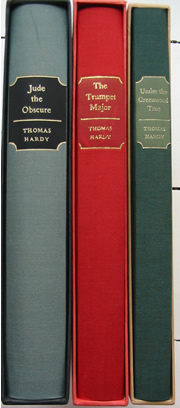 An avid reader, Hardy made the most of his education. He would search out the classics of the time, such as Shakespeare's tragedies. His passion for learning motivated him to ask for extra tutoring in Latin, which his parents agreed to. The tutoring paid off and at the age of 13, he won the Latin prize in his school. Hardy's education was extended beyond the normal age for boys of his time. At age 13, when his peers would have been going to work, his parents allowed him to continue his education at his Latin teacher's new school. As well as Latin, he also learned German, French and Maths. Later he considered a university career, but decided that making some money so as to try and further his writing career, was more important.
An avid reader, Hardy made the most of his education. He would search out the classics of the time, such as Shakespeare's tragedies. His passion for learning motivated him to ask for extra tutoring in Latin, which his parents agreed to. The tutoring paid off and at the age of 13, he won the Latin prize in his school. Hardy's education was extended beyond the normal age for boys of his time. At age 13, when his peers would have been going to work, his parents allowed him to continue his education at his Latin teacher's new school. As well as Latin, he also learned German, French and Maths. Later he considered a university career, but decided that making some money so as to try and further his writing career, was more important.
From an early age, Hardy fell in and out of love frequently, often after just one brief encounter with the girl or woman of the moment. He was attracted by pretty women, wherever he saw them and never forgot a pretty face, even writing poems about some of his encounters years later.. (An example of this would be his poem 'Louisa In the Lane'). Like Romeo in Shakespeare's Romeo and Juliet, it appears that perhaps the young Hardy was more in love with the notion of being in love than the actual feeling and emotion itself.
During 1856-1862 Hardy's first published writings were articles written for the Dorset Chronicle. These were about the church restorations carried out by his then employer, John Hicks, who he started working for when he was 16.
In 1862, Hardy moved from Dorset to London, where he worked very briefly as a draughtsman, before acquiring a job in the office of Arthur Bloomfield, a reputable London architect of the time. He worked there until 1867 and after leaving London, due to his continuing disillusionment with the town and bouts of ill health, he returned to work at Hick's Dorchester office.
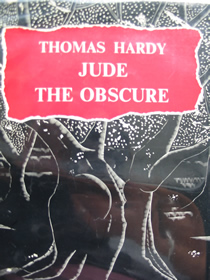 Although Hardy thought novels to be an inferior 'genre' to poetry, money became a bigger issue; so he took to writing novels which enabled him to continue writing his poetry. Between August 1867 and June 1868, Hardy embarked on writing his first, never to be published, novel, The Poor Man and The Lady, described by Hardy as a 'striking socialist novel'. From what is known about the text, the story was about love across the social divides.
Although Hardy thought novels to be an inferior 'genre' to poetry, money became a bigger issue; so he took to writing novels which enabled him to continue writing his poetry. Between August 1867 and June 1868, Hardy embarked on writing his first, never to be published, novel, The Poor Man and The Lady, described by Hardy as a 'striking socialist novel'. From what is known about the text, the story was about love across the social divides.
Written in the first person, it seems that much was taken directly from what had happened in Hardy's life up to that point. It showed his view on the one subject that appeared to be his continued obsession: class differences.The text was rejected by Macmillan, who said that it promoted 'thoughtless generalisations and hostilities' towards the well-to-do classes. After trying several other publishers, Hardy eventually shelved the book and later even destroyed the text, when overcome by disillusionment. However, he did use many ideas and actually even re-used parts of the text for the novella 'An Indiscretion In The Life of an Heiress'.
In 1871, Hardy's 1st published novel appeared entitled 'Desperate Remedies'. It bore many similarities to his first unpublished novel and had much of its sexuality toned down, compared to the original text. After mixed reviews, the book was remaindered after only 3 months. Now, the original 3 volumes, published anonymously by Tinsley Brothers, in very good condition can demand upwards of £20,000 for the set. Over 3 decades Hardy was to write a further 14 novels:
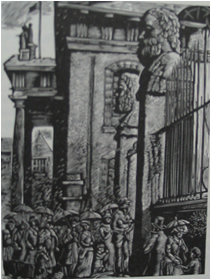
- Desperate Remedies
- Under The Greenwood Tree
- A Pair of Blue Eyes
- Far From The Madding Crowd
- The Hand of Ethelberta
- The Return of The Native
- The Trumpet-Major
- A Laodicean
- Two On A Tower
- The Mayor of Casterbridge
- The Woodlanders
- Tess of The d'Urbervilles
- Jude The Obscure
- The Well-Beloved
These first appeared in serial form in popular literary magazines of the time, like the 'Cornhill' and the 'Graphic'. Later many of them would be published in volume sets and still later in single volumes.
His first three novels were not very successful; not making him much money or gaining him critical acclaim as a writer. It wasn't until the publication in 1874, of 'Far From The Madding Crowd', that Hardy saw the fruits of his labour rewarded. This novel came to be one of Hardy's most celebrated works, with its honest view of nineteenth century agricultural life and some of the most vivid characters in all Victorian fiction.
In 1870, whilst working on a restoration of a church in St. Juliot Cornwall, Hardy met his first wife, Emma Lavinia Gifford. In true Hardy style, he is said to have fallen instantly in love with her 'striking figure, golden curls and rosy colour'. He was also captivated by her impulsiveness and her love of poetry and of Hardy himself as a writer. They were married in 1874 and spent time at different locations, including lodgings in Dorset and Somerset, but they would also travel abroad to Europe. In 1885 they moved into Max Gate - a house on the outskirts of Dorchester, which Hardy designed himself and was built by his brother. This became their permanent residence. The Hardys remained married for 40 years, although not all of these were happy years as it appears that the very things that brought them together put a strain on their marriage in later life. Emma Hardy died suddenly in 1912 after which Hardy wrote one of his most moving poems: The Phantom Horsewoman'. Later in 1914, Hardy remarried, to a woman named Florence Dugdale, who he would remain married to until his death on January 11th 1928.
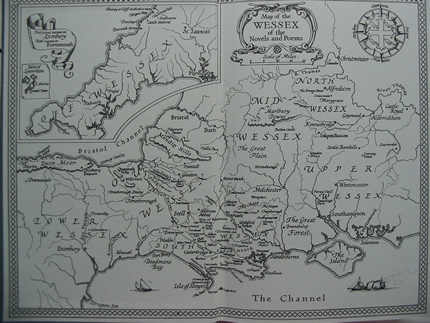
Although sometimes people just recognise Hardy for the famous novels he wrote, it was from writing his poetry that he appeared to gain the most enjoyment. In his lifetime his poems numbered roughly 1,000. His short stories, of which he wrote over 50, give the reader a glimpse into the world of Hardy's writing. A good example of this is the short story 'The Withered Arm', where you see the rustic life and the interweaving of the traditional folklore that Hardy learned about from his mother and grandmother.
Through his determination and devotion to his obsession of writing about things that he knew, Hardy has become one of literature's most celebrated authors. His literature has now been studied, analyzed and enjoyed for generations and will continue to be so for generations to come.
Contributed by Joanne Hill
(Published on 30th Sep 2013 )


